The Ultimate Guide to Siddhis: 4 Steps to Unlock Your Spiritual Power

Hi there, welcome to my blog! I’m so glad you’re here.
In this blog post, I’m going to share with you the ultimate guide to siddhis, the spiritual or paranormal power that can be obtained through yoga and meditation.
If you’re interested in learning more about siddhis, why it’s important, and how to achieve it, then you’re in the right place.
But before we dive into the details, let me introduce myself and tell you why I’m writing this blog post.
My name is Satyam, and I’m a content writer and a spiritual seeker. I’ve been practicing yoga and meditation for over 3 years, and I’ve experienced some amazing benefits from them.
But one of the most fascinating and mysterious aspects of yoga and meditation is siddhi, the ability to manifest supernatural powers and abilities through spiritual practice.
I’ve always been curious and intrigued by siddhis, and I’ve read a lot of books, articles, and stories about it. I’ve also met some people who claimed to have siddhis, or who witnessed them in others.
Some of the siddhis that I’ve heard or read about are:
- Flying through the air
- Walking through walls
- Becoming invisible
- Reading minds
- Seeing the past, present, and future
- Healing oneself and others
- And many more…
Sounds incredible, right?
But are these siddhis real or just myths? And if they are real, how can one achieve them? And what are the benefits and risks of having them?
These are some of the questions that I wanted to answer in this blog post. And to do that, I did some extensive research on siddhis.
I also tried some experiments and practices to see if I could develop or experience any siddhis myself. And guess what? I did!
Yes, you read that right. I was able to manifest some siddhis through my yoga and meditation practice. And I’m going to share them with you in this blog post.
But before you get too excited, let me warn you: Siddhis are not easy to attain, nor are they without dangers or challenges. They require a lot of dedication, discipline, and wisdom. And they are not the ultimate goal of spiritual practice, but rather a by-product or a signpost of it.
So don’t expect to get siddhis overnight, or to use them for selfish or harmful purposes. That would be a big mistake, and it could backfire on you in many ways.
Instead, use this blog post as a guide to understand what siddhis are, why it’s important, and how to achieve it in a safe and ethical way. And remember that siddhi is not an end in itself, but a means to an end: the end of suffering and the realization of your true nature.
So are you ready to learn more about Siddhi? Let’s get started!
What are Siddhis?
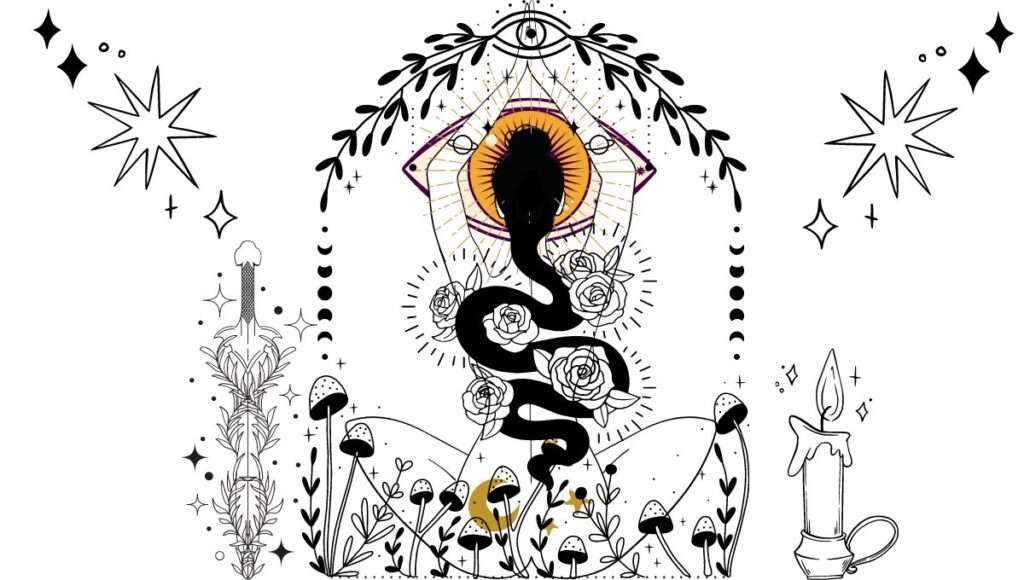
Siddhi is a Sanskrit word that means “perfection”, “accomplishment”, or “success”. It refers to a spiritual or paranormal power or capability that is obtained through rigorous and accomplished spiritual practices such as yoga and meditation.
Siddhis are not supernatural or magical in the sense that they defy the laws of nature or reality. Rather, they are natural and logical extensions of the laws of nature or reality that are usually hidden or inaccessible to most people.
Siddhis arise naturally when you realize the emptiness and openness of your mind, which is the source of all phenomena. When you tap into this source, you can access and manipulate any phenomenon that arises from it.
Siddhis are not limited or fixed in number or type. They can vary depending on the level of spiritual attainment, the method of practice, the intention of use, and the context of application. They can also evolve and change over time as your spiritual practice deepens and expands.
Siddhis are not permanent or stable in nature. They can come and go depending on your mental state, your karma, your environment, and your actions. They can also be influenced by external factors such as other people’s thoughts, emotions, or energies.
Siddhis are not unique or exclusive to any religion or tradition. They are universal and available to anyone who practices spiritual disciplines with sincerity and diligence. They are also not new or modern inventions. They have been known and practiced for thousands of years by various cultures and civilizations around the world.
Siddhi is not something that is given or granted by someone or something else. It is something that is developed and attained by oneself through one’s own efforts and dedication. Siddhi is the result of the purification and transformation of one’s body, mind, and soul. Siddhi is the manifestation of one’s true nature and potential.
Siddhi has been described and discussed in various traditions and contexts throughout history and across cultures. For example:
- In Hinduism, siddhi is one of the four aims of human life, along with dharma (duty), artha (wealth), and moksha (liberation). Siddhi is also associated with the eight classical siddhis or great perfections that are described in the Yoga Sutras of Patanjali, such as flying through the air, walking through solid objects, becoming invisible or invincible, etc.
- In Buddhism, siddhi is one of the three types of knowledge or wisdom that are attained by a Buddha or an arhat (a perfected person), along with abhijñā (direct knowledge) and pratisaṃvid (analytical knowledge). Siddhi is also related to the psychic powers or attainments that are described in various Buddhist texts, such as reading minds, seeing distant places, recalling past lives, etc.
- In other traditions and contexts, siddhis can be referred to as miracles, magic, occultism, esotericism, mysticism, shamanism, alchemy, etc.
These are some of the definitions and meanings of siddhi that you can find in different sources and traditions. However, they are not exhaustive or definitive. Siddhis can have different interpretations and implications depending on your perspective and experience.
The important thing to remember is that siddhis are not something that is separate from you or outside of you. It is something that is within you and part of you. It is something that you can discover and develop through your own spiritual practice. It is something that you can use for your own benefit and for the benefit of others.
Siddhis are not essential or necessary for spiritual enlightenment or liberation. They are not the ultimate goal or purpose of spiritual practice, but rather a by-product or a signpost of it. They can be helpful or harmful depending on how you use them and what you learn from them.
So, in summary, siddhi is a spiritual or paranormal power that can be obtained through yoga and meditation. It is not supernatural or magical, but natural and logical. It is not unique or exclusive, but universal and available. It is not new or modern, but ancient and timeless. It is not limited or fixed, but varied and flexible. It is not permanent or stable, but transient and dynamic. It is not essential or necessary, but optional and incidental.
Why are Siddhis Important?
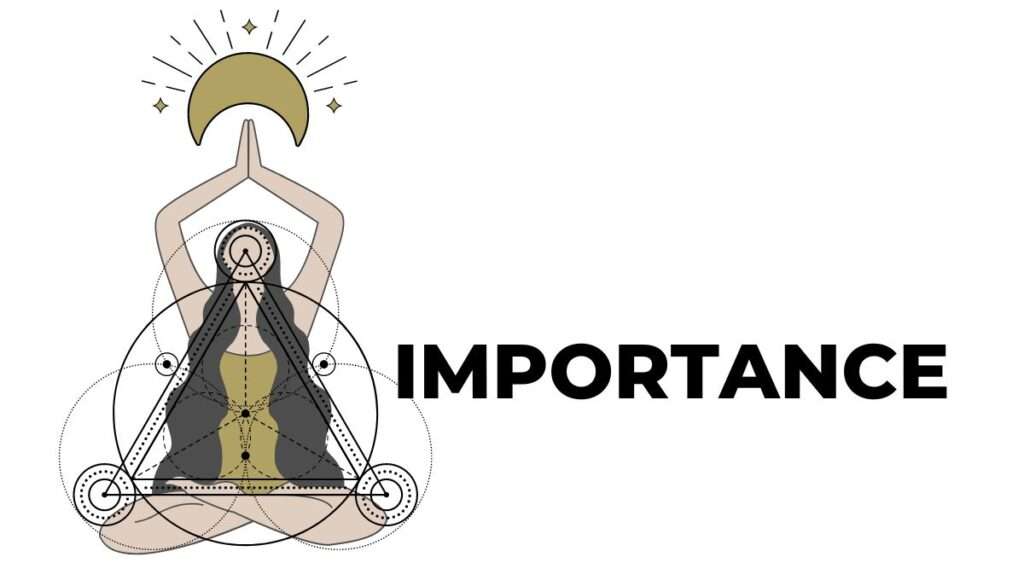
You might be wondering why siddhi is important or why you should care about it. After all, isn’t it enough to live a normal and ordinary life? Why do you need to seek or achieve something extraordinary or supernatural?
Well, there are many reasons why Siddhi is important and why you should care about it. Here are some of them:
- Siddhi enhances your awareness, consciousness, and enlightenment. By practicing yoga and meditation, you can expand your awareness beyond the limitations of your senses, mind, and ego. You can access higher levels of consciousness that transcend time, space, and causality. You can realize your true nature and identity as a spiritual being. You can attain enlightenment and liberation from suffering and ignorance.
- Siddhi develops your potential, creativity, and intuition. By practicing yoga and meditation, you can unlock your hidden potential and abilities that lie dormant within you. You can unleash your creativity and express yourself in unique and original ways. You can sharpen your intuition and listen to your inner voice and guidance. You can achieve your goals and dreams with ease and grace.
- Siddhi serves others, humanity, and the divine. By practicing yoga and meditation, you can cultivate your compassion and kindness for yourself and others. You can use your siddhi for good purposes only, such as healing, helping, teaching, inspiring, or uplifting others. You can contribute to the welfare and happiness of humanity and the planet. You can align yourself with the divine will and plan. You can become a channel of love and light for the world.
- Siddhi fulfills your desires, goals, and destiny. By practicing yoga and meditation, you can manifest your desires and attract what you want in life. You can set your goals and achieve them with confidence and determination. You can discover your purpose and fulfill your destiny with joy and satisfaction. You can live a life of abundance and prosperity in all aspects: physical, mental, emotional, and spiritual.
These are some of the benefits and purposes of Siddhi that you can enjoy and experience in your life. However, they are not the ultimate or final goal of siddhi. They are only the means or the tools to help you reach the ultimate or final goal of siddhi: which is to realize your true self and to merge with the supreme self or the source of all siddhis.
That’s why Siddhi is important and why you should care about it. Because it can help you grow, evolve, and transform as a human being and as a spiritual being. Because it can help you live a life of meaning, value, and fulfillment. Because it can help you become who you really are and who you are meant to be.
How to Achieve Siddhis?

Now that you know what siddhi is and why it is important, you might be wondering how to achieve it or how to develop it in your life. Well, there is no one-size-fits-all answer or formula for this question. Different people may have different methods or steps to achieve siddhi depending on their background, preference, level, or goal.
However, there are some general principles or guidelines that can help anyone who wants to achieve siddhi in their life. Here are some of them:
- Practice yoga, meditation, and other spiritual disciplines. This is the most fundamental and essential step to achieve siddhi in your life. Yoga means “union” or “connection” with yourself, with others, and with the divine. Meditation means “awareness” or “attention” to yourself, to others, and to the divine. Other spiritual disciplines include prayer, chanting, fasting, service, etc.
- Follow ethical and moral principles. This is another important step to achieve siddhis in your life. Ethical and moral principles are the rules or codes of conduct that guide your actions and decisions in life. They help you to distinguish between right and wrong, good and bad, virtue and vice. They help you to avoid harming yourself or others by your thoughts, words, or deeds.
- Purify your body, mind, and soul. This is another crucial step to achieve siddhi in your life. Purification means “cleansing” or “removing” anything that is impure or unwanted from your body, mind, or soul. It includes physical purification (such as diet, exercise, hygiene), mental purification (such as positive thinking, and affirmations), emotional purification (such as forgiveness), spiritual purification (such as repentance).
- Cultivate your faith, devotion, and surrender. This is another essential step to achieve siddhi in your life. Faith means “trust” or “belief” in yourself, in others, and in the divine. Devotion means “love” or “affection” for yourself, for others, and for the divine. Surrender means “letting go” or “giving up” your ego, your attachments, and your expectations to the divine. These qualities help you to connect with the source of all siddhis and to receive its grace and guidance.
These are some of the general principles or guidelines that can help you achieve siddhi in your life. However, they are not the only ones. You can also find other methods or steps that suit your needs and preferences. The important thing is to be consistent, sincere, and dedicated in your practice.
What are the Types of Siddhi?
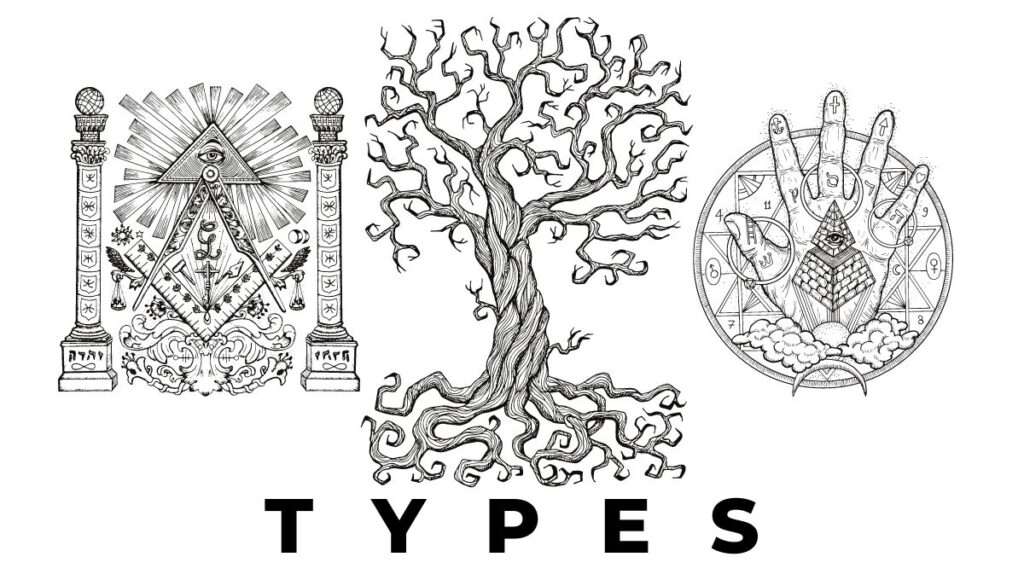
You might be curious about what are the types or categories of siddhi that you can achieve or develop in your life. Well, there is no definitive or exhaustive answer or list for this question. Different sources and traditions may have different classifications or descriptions of siddhi depending on their perspective and purpose.
However, there are some common and popular types or categories of siddhi that you can find in various sources and traditions. Here are some of them:
- Normal siddhis: These are the forces of the world that transform elements. They are also known as elemental siddhis or natural siddhis. They are the powers that allow you to manipulate or control the physical elements such as earth, water, fire, air, and space. They are the powers that enable you to change your shape, size, weight, or density. They are the powers that make you a master of matter.
- Extraordinary siddhis: These are the abilities that open up for the truth that leads to realization and enlightenment. They are also known as transcendental siddhis or spiritual siddhis. They are the powers that allow you to access higher levels of consciousness that transcend time, space, and causality. They are the powers that enable you to know the past, present, and future. They are the powers that make you the master of the mind.
- Classical siddhis: These are the eight great perfections or powers described in Hinduism. They are also known as ashta-siddhi or mahasiddhi. They are the powers that allow you to perform various miracles or feats that defy the laws of nature. They are the powers that enable you to fly through the air, walk through solid objects, become invisible or invincible, etc. They are the powers that make you a master of magic.
- Buddhist siddhis: These are the psychic powers or attainments described in Buddhism. They are also known as riddhi or abhijñā. They are the powers that allow you to perceive and influence things beyond the normal range of senses and reason. They are the powers that enable you to read minds, see distant places, recall past lives, etc. They are the powers that make you a master of perception.
These are some of the common and popular types or categories of siddhi that you can achieve or develop in your life. However, they are not the only ones. You can also discover other types or categories of siddhi that match your personality, purpose, and passion. The important thing is to be aware, curious, and open-minded about them.
What are the Challenges of Siddhi?
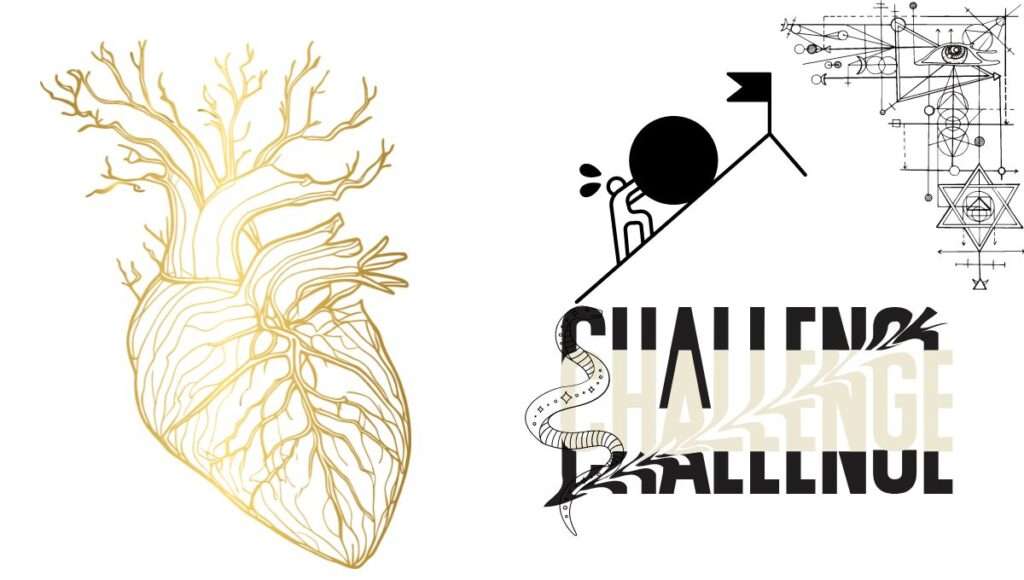
You might be wondering what are the challenges or risks of siddhi that you might face or encounter in your life. Well, there is no easy or simple answer or solution to this question. Different people may have different challenges or risks depending on their background, level, or goal.
However, there are some common and universal challenges or risks of siddhi that you might face or encounter in your life. Here are some of them:
- Misusing or abusing your siddhi for selfish or harmful purposes: This is one of the most serious and dangerous challenges or risks of siddhi that you might face or encounter in your life. It is when you use your siddhi for egoistic reasons such as greed, lust, pride, envy, anger, etc., instead of altruistic reasons such as love, compassion, wisdom, etc.
- Becoming attached or addicted to your siddhi and losing sight of the ultimate goal: This is another serious and dangerous challenge or risk of siddhi that you might face or encounter in your life. It is when you become obsessed with your siddhi and forget why you started practicing it in the first place: which is to realize your true self and merge with the supreme self.
- Facing opposition or persecution from others who fear or envy your siddhi: This is another common and unpleasant challenge or risk of siddhi that you might face or encounter in your life. It is when you encounter hostility, criticism, rejection, discrimination, violence, etc., from others who do not understand or appreciate your siddhi, or who feel threatened or jealous of your siddhi.
- Encountering obstacles or difficulties in developing or maintaining your siddhi: This is another common and inevitable challenge or risk of siddhi that you might face or encounter in your life. It is when you face various challenges or problems that hinder or prevent your progress or success in your practice, such as physical illness, mental stress, emotional turmoil, spiritual doubt, etc.
These are some of the common and universal challenges or risks of siddhi that you might face or encounter in your life. However, they are not insurmountable or impossible to overcome. You can also find ways to overcome them and turn them into opportunities for growth and learning.
How to Overcome the Challenges of Siddhi?
Now that you know what the challenges or risks of siddhi that you might face or encounter in your life, you might be wondering how to overcome them or how to deal with them. Well, there is no one-size-fits-all answer or formula for this question. Different people may have different ways to overcome them depending on their background, preference, level, or goal.
However, there are some general principles or guidelines that can help anyone who wants to overcome the challenges or risks of siddhi in their life. Here are some of them:
- Use your siddhi for good only with love and kindness: This is the most fundamental and essential principle or guideline to overcome the challenge or risk of misusing or abusing your siddhi for selfish or harmful purposes. It is when you use your siddhi only for positive and beneficial purposes, such as healing, helping, teaching, inspiring, or uplifting others. It is when you use your siddhi with love and kindness for yourself and others.
- Detach from your siddhi and remember that it is a gift not a possession: This is another important principle or guideline to overcome the challenge or risk of becoming attached or addicted to your siddhi and losing sight of the ultimate goal. It is when you detach from your siddhi and remember that it is not something that you own or control, but something that you receive or borrow from the source of all siddhis. It is when you remember that your siddhi is a means, not an end, and that your ultimate goal is to realize your true self and merge with the supreme self.
- Respect others’ free will and privacy and avoid unnecessary conflicts or controversies: This is another important principle or guideline to overcome the challenge or risk of facing opposition or persecution from others who fear or envy your siddhi. It is when you respect others’ free will and privacy and do not impose your siddhi on them without their consent or permission. It is when you avoid unnecessary conflicts or controversies with others who do not understand or appreciate your siddhi and instead focus on finding common ground and harmony with them.
- Seek help from higher powers or allies when in need or trouble: This is another important principle or guideline to overcome the challenge or risk of encountering obstacles or difficulties in developing or maintaining your siddhi. It is when you seek help from higher powers or allies when you face any challenges or problems that hinder or prevent your progress or success in your practice. These higher powers or allies can be the divine, the source of all siddhis, your guru, teacher, mentor, guide, angel, spirit, etc.
These are some of the general principles or guidelines that can help you overcome the challenges or risks of siddhi in your life. However, they are not the only ones. You can also find other ways to overcome them that suit your needs and preferences. The important thing is to be aware, alert, and responsible about them.
What are the Stories of Siddhi?
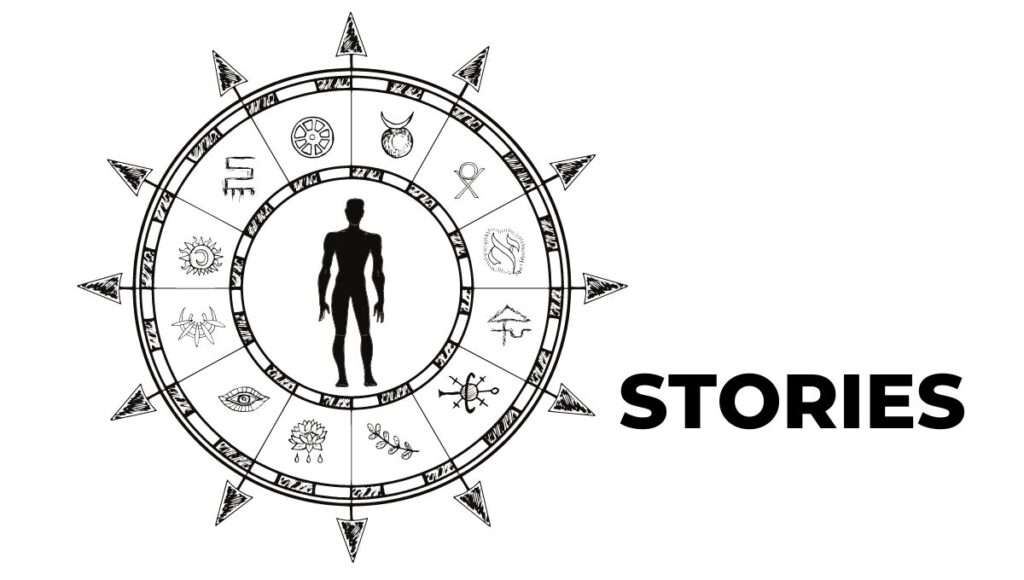
You might be interested in hearing some stories of people who demonstrated their siddhi in history or mythology. Well, there are many stories of Siddhi that you can find in various sources and traditions. Some of them are inspiring and amazing, some of them are shocking and disturbing, some of them are true and factual, and some of them are false and fictional.
However, there are some stories of Siddhi that are common and popular among many people and cultures. Here are some of them:
Lord Hanuman: He is one of the most revered and powerful deities in Hinduism. He is an ardent devotee of Lord Rama and one of the Chiranjeevi, or immortals. He is also known for his extraordinary capabilities and his role as a divine figure in Hindu mythology. He possesses eight siddhis, or superpowers, that demonstrate his mastery over the elements, the mind, and the spirit.
The eight siddhis that Lord Hanuman has are:
- Anima: The power to reduce one’s size to the smallest possible. Hanuman used this power to enter Lanka and search for Sita in the Ramayana.
- Mahima: The power to increase one’s size to the largest possible. Hanuman used this power to cross the ocean and reach Lanka in the Ramayana.
- Garima: The power to increase one’s weight to the heaviest possible. Hanuman used this power to resist being lifted by Ravana’s son Indrajit in the Ramayana.
- Laghima: The power to decrease one’s weight to the lightest possible. Hanuman used this power to fly through the air and carry a mountain in the Ramayana.
- Prapti: The power to obtain anything or reach anywhere. Hanuman used this power to fetch the Sanjeevani herb from the Himalayas in the Ramayana.
- Prakamya: The power to fulfill any desire or wish. Hanuman used this power to serve Lord Rama and his devotees with utmost devotion and loyalty.
- Ishita: The power to control or influence anything or anyone. Hanuman used this power to defeat many demons and enemies in the Ramayana.
- Vashita: The power to subjugate or attract anything or anyone. Hanuman used this power to win the hearts and minds of many people and creatures in the Ramayana.
These are the eight siddhis that Lord Hanuman possesses and displays in his life and deeds. They are not only a testament to his strength, wisdom, and love, but also a source of inspiration and guidance for his devotees who seek to follow his example and achieve siddhi in their own lives.
Buddha: He was the founder of Buddhism and one of the most enlightened beings who ever lived. He attained enlightenment and performed various miracles with his siddhis, such as walking on water, multiplying himself, levitating, creating rainbows, etc. He also taught his disciples how to develop and use their siddhis for the benefit of all sentient beings.
Jesus: He was the founder of Christianity and one of the most influential figures in history. He healed the sick, raised the dead, walked on water, fed the hungry, turned water into wine, and ascended to heaven with his siddhis. He also taught his followers how to follow his example and do greater works than him with their faith and love.
Patanjali: He was the author of the Yoga Sutras, one of the most authoritative texts on yoga and siddhi. He outlined the process of attaining siddhis through the eight limbs of yoga, such as yama (restraint), niyama (observance), asana (posture), pranayama (breath control), pratyahara (withdrawal), dharana (concentration), dhyana (meditation), and samadhi (absorption). He also warned about the dangers and pitfalls of siddhis and advised to use them wisely and ethically.
Milarepa: He was one of the greatest Tibetan Buddhist masters and poets. He mastered Tibetan Buddhism and displayed many siddhis such as flying, singing, changing colors, etc. He also taught his students how to practice yoga and meditation and achieve siddhis for their spiritual growth and liberation.
These are some of the stories of Siddhi that you can find in various sources and traditions. However, they are not the only ones. You can also discover other stories of Siddhi that inspire you or fascinate you. The important thing is to learn from them and apply them to your own life.
What are the Secrets of Siddhi?

You might be eager to know some secrets or insights that can help you achieve siddhi faster or easier in your life. Well, there is no magic or shortcut to achieve siddhi in your life. It requires hard work, dedication, discipline, patience, perseverance, and grace. However, there are some secrets or insights that can help you achieve siddhi faster or easier in your life. Here are some of them:
- Siddhi is not a goal but a by-product of spiritual practice: This is one of the most important secrets or insights that can help you achieve siddhi faster or easier in your life. It is when you realize that siddhi is not something that you seek or pursue for its own sake, but something that happens naturally and spontaneously as a result of your spiritual practice. It is when you focus on your practice rather than on your results.
- Siddhi is not a privilege but a responsibility: This is another important secret or insight that can help you achieve siddhi faster or easier in your life. It is when you realize that siddhi is not something that you deserve or demand for yourself, but something that you accept or receive with gratitude and humility. It is when you use your siddhi not for your own benefit but for the benefit of others.
- Siddhi is not a competition but cooperation: This is another important secret or insight that can help you achieve siddhi faster or easier in your life. It is when you realize that siddhi is not something that you compare or compete with others, but something that you share or cooperate with others. It is when you support and encourage others who have or seek siddhi rather than envy or oppose them.
- Siddhi is not a mystery but a reality: This is another important secret or insight that can help you achieve siddhi faster or easier in your life. It is when you realize that Siddhi is not something that is hidden or unknown to you, but something that is revealed or known to you. It is when you recognize and acknowledge your own siddhi rather than deny or ignore it.
These are some of the secrets or insights that can help you achieve siddhi faster or easier in your life. However, they are not the only ones. You can also find other secrets or insights that resonate with you or enlighten you. The important thing is to be open, receptive, and attentive to them.
Conclusion

Congratulations! You’ve reached the end of this ultimate guide to siddhi.
I hope you found it helpful and informative.
By reading this guide, you’ve learned what Siddhi is, why it is important, how to achieve it, what are the types of Siddhi, what are the challenges of Siddhi, what are the stories of Siddhi, and what are the secrets of Siddhi. By applying this guide, you’ll be able to unlock your spiritual power and achieve supernatural powers.
These are the same secrets and insights that helped me achieve Siddhi in my life. And I’m sure they can help you too.
But remember, these secrets and insights are not enough. You also need to have a positive attitude, a strong work ethic, and a genuine interest in Siddhi.
That’s what will make you stand out from the crowd and get siddhi.
So what are you waiting for? Go ahead and apply these secrets and insights to your life. And let me know how it goes.
I’d love to hear from you. You can leave a comment below, send me an email, or connect with me on social media.
If you liked this guide, please share it with your friends, family, or colleagues who might benefit from it.
Thank you for reading this guide. I appreciate your time and attention.
And good luck with your siddhi. You got this! This is Satyam signing off. Until next time, stay awesome!
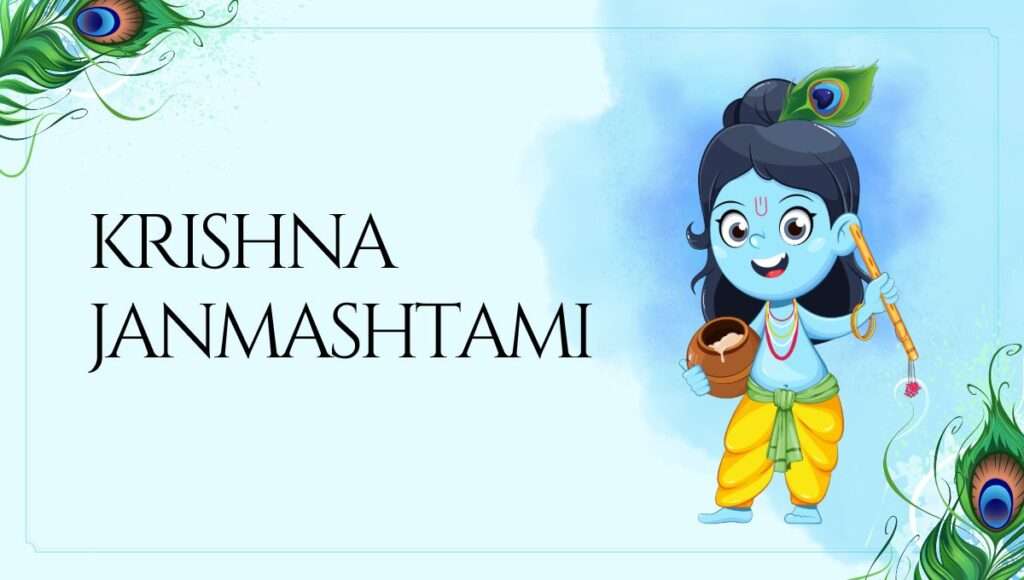


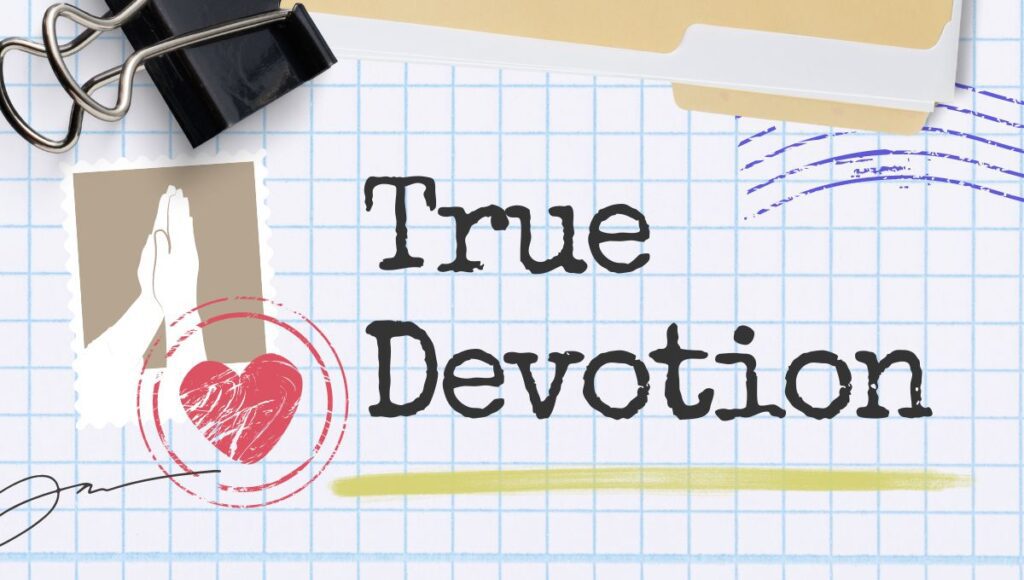
Wow, wonderful blog layout! How lengthy have you been blogging for?
you make running a blog glance easy. The total glance of your website is wonderful, as smartly as the content!
You can see similar: sklep online and here najlepszy sklep
Thanks designed for sharing such a fastidious opinion, paragraph is fastidious, thats why i have read it fully